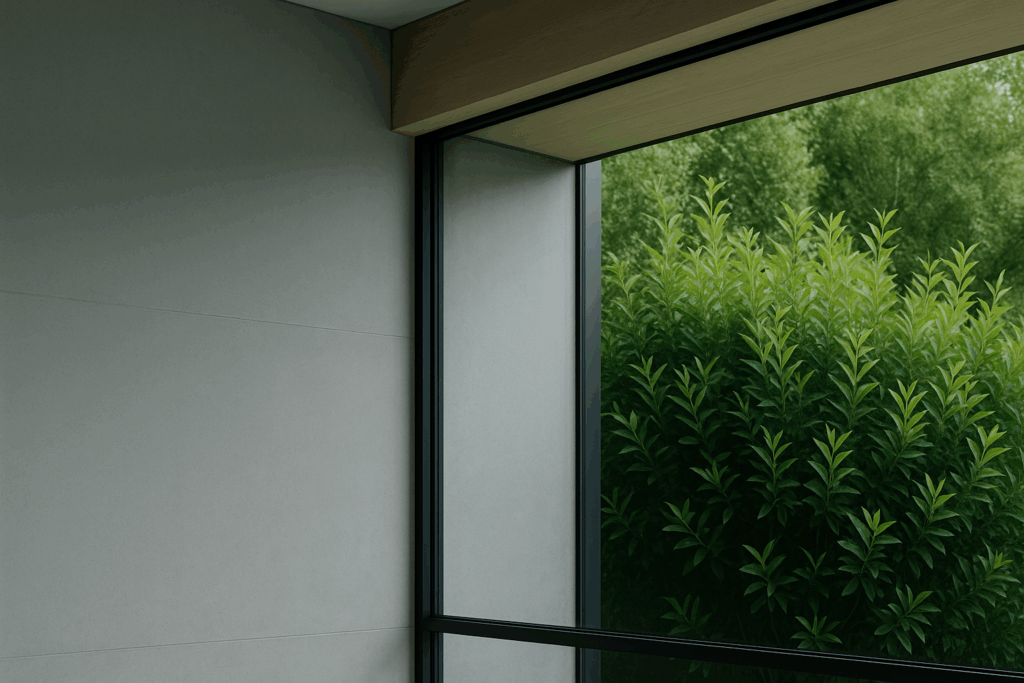Architects worldwide are redefining luxury by integrating nature with modern design. Projects like Fallingwater and Amangiri Resort exemplify this trend, inspiring others to blend natural beauty with architectural innovation. This approach offers a unique living experience where design meets environment.
The seamless integration of natural elements into luxury architecture has become a hallmark of contemporary design. In today’s world, architects strive to create spaces that not only provide comfort and opulence but also connect inhabitants with their surroundings. Lanai Islands, Dubai serve as a stunning example of how architects incorporate environmental beauty into living spaces. By using natural materials, open spaces, and strategic positioning, these designs invite the outdoors in, creating a harmonious blend of luxury and nature.
The Trend Of Nature-Inspired Elements In Modern Design
As you explore the world of luxury architecture, you’ll notice a growing trend towards incorporating nature-inspired elements. This movement is driven by a desire to create living environments that foster tranquility and relaxation. Designers utilize materials such as wood, stone, and glass to reflect the natural world’s beauty while maintaining a contemporary aesthetic. Large windows and open floor plans allow for an abundance of natural light, further enhancing the connection between indoor and outdoor spaces.
Incorporating water features is another popular method used by architects to evoke serenity and elegance. Reflecting pools, fountains, and waterfalls are strategically placed within properties to create soothing soundscapes and visual appeal. These elements not only enhance the aesthetic value but also promote well-being by providing a calming atmosphere. By integrating these features into their designs, architects craft luxurious environments that resonate with the rhythms of nature.

The use of sustainable materials is also becoming increasingly important in luxury architecture. Many designers prioritize eco-friendly options that minimize environmental impact while maintaining high standards of quality and beauty. Recycled materials, energy-efficient systems, and green roofs are just some examples of how sustainability is being woven into the fabric of modern luxury homes. This commitment to environmental stewardship reflects a broader awareness of the need for harmony between human habitation and the natural world.
Influence Of Iconic Projects On Contemporary Luxury Architecture
The influence of iconic architectural projects like Fallingwater and Amangiri Resort on contemporary luxury design is profound. Fallingwater, designed by Frank Lloyd Wright in 1935, is celebrated for its pioneering integration with its natural surroundings. The house appears to be part of the waterfall over which it is built, demonstrating how architecture can coexist with the environment. Wright’s vision continues to inspire architects who seek to blend buildings seamlessly with their settings.
Amangiri Resort in Utah offers another example of nature-inspired luxury architecture. Nestled in the rugged landscape of Canyon Point, this resort embraces its surroundings through thoughtful design choices that highlight the beauty of the desert terrain. The use of natural materials like sandstone allows structures to blend into the landscape effortlessly, creating a cohesive visual experience for guests. These projects underscore the potential for architecture to enhance rather than dominate its environment.
Contemporary architects draw lessons from these trailblazing designs as they strive to push boundaries in their own work. By studying how pioneers like Wright achieved harmony between built structures and nature, today’s designers gain valuable insights into creating spaces that resonate with both aesthetic appeal and environmental sensitivity. This ongoing dialogue between past innovations and future possibilities fuels the evolution of luxury architecture around the world.
The Seamless Blend Of Nature And Luxury In Modern Projects
Many modern architectural projects showcase a seamless blend of natural surroundings with luxurious living spaces. Architects employ innovative design strategies to ensure that each structure complements its environment while offering unparalleled comfort and style. For instance, homes nestled within forested areas often feature expansive windows that frame breathtaking views and invite sunlight into interior spaces.
Open-air designs are also popular in regions with temperate climates where indoor-outdoor living can be enjoyed year-round. These layouts typically include sliding glass doors that open onto terraces or patios adorned with lush greenery, allowing residents to immerse themselves in nature without sacrificing modern conveniences. The result is a fluid transition between indoor comfort and outdoor splendor.

This approach is not limited to residential architecture; commercial spaces also benefit from integrating nature into their designs. Hotels, restaurants, and office buildings increasingly incorporate green walls or rooftop gardens as focal points within their interiors. These features provide visual interest while improving air quality and promoting overall well-being for occupants.
Global Embrace Of Nature-Inspired Architecture
Architects worldwide are embracing the challenge of incorporating nature into their designs on an ambitious scale. In regions such as Lanai Islands, Dubai architects utilize local resources to craft spaces that celebrate their unique landscapes while providing luxurious amenities for residents and visitors alike.
This global embrace extends beyond aesthetics; it reflects a broader commitment to sustainability and environmental consciousness within the industry. By prioritizing eco-friendly practices during construction processes – from selecting renewable materials to implementing energy-efficient technologies – architects contribute positively toward preserving our planet’s precious resources.
The significance behind harmonizing nature with architecture lies not only in aesthetic appeal but also in fostering meaningful connections between people and place—a crucial aspect when considering future developments within our ever-evolving urban landscapes worldwide.


More Stories
How Automation and Smart Tools Are Transforming Architectural Practice
Why Turnkey Sweepstakes Software Is Catching On Fast
Corian: A Modern, Durable Choice for Contemporary Kitchens